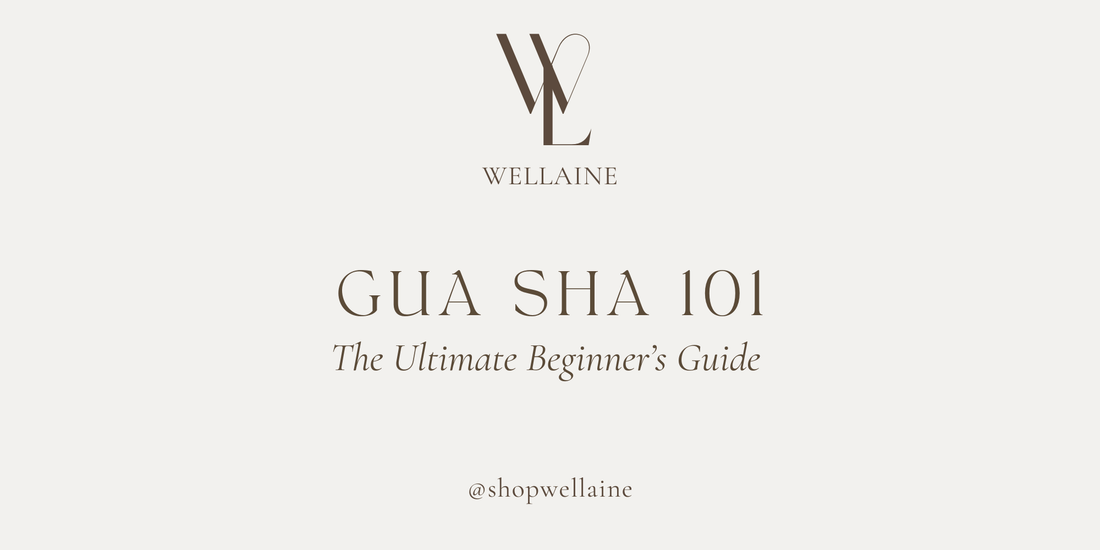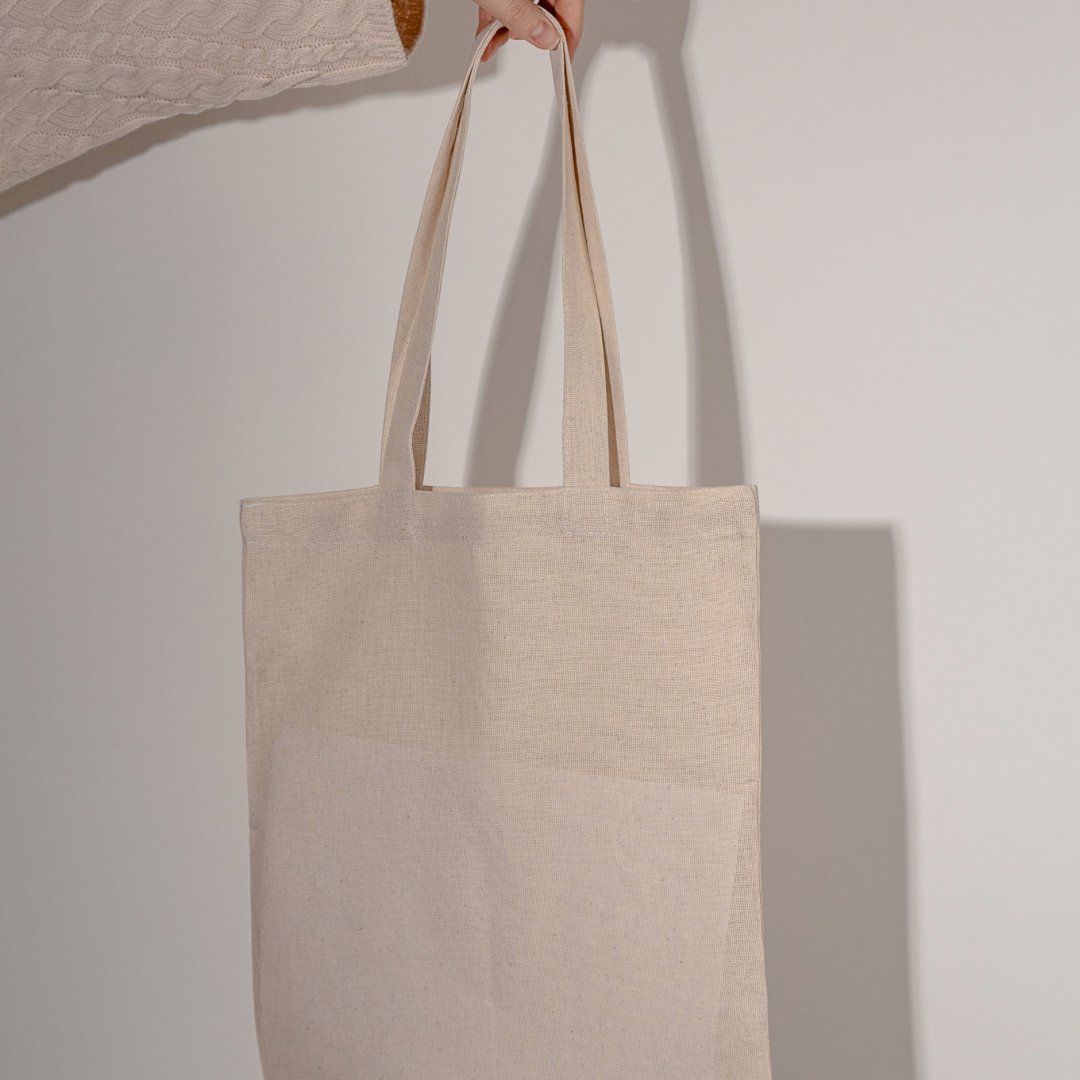
Gua Sha 101
Compartir
A Complete Guide Of Everything You Need To Know About This Time-Tested Technique
Gua Sha (pronounced gwah-shah) is a traditional East Asian technique that gently glides a smooth-edged tool across the skin to promote circulation, release muscle tension, and support lymphatic flow. The name literally means “to scrape sand,” a reference to the light redness (sha) that can occur during traditional full-body treatments in Chinese medicine. In modern skincare, facial gua sha takes a much softer approach, offering a way to de-puff, sculpt, and improve blood flow without aggressive pressure.
This guide covers what gua sha is, how it works, how to do it properly, and why it's become a trusted tool in modern skincare.
WHAT IS GUA SHA?
Gua Sha originates from Traditional Chinese Medicine (TCM) and was traditionally used as a vigorous full-body treatment to break up stagnation, boost circulation, and stimulate the immune response. The technique involved firm scraping motions that could lead to redness or bruising (sha) on the skin, which is often seen as a sign of energy blockages being released.
Facial gua sha, however, is a modern evolution of this ancient method. It’s done with much lighter, more intentional strokes that help reduce fluid retention, enhance glow, and relax facial muscles without the redness or discomfort.
BENEFITS OF GUA SHA
When performed correctly and consistently, facial gua sha may help:
- Boost circulation for healthier, more radiant skin
- Support lymphatic drainage, reducing puffiness and fluid retention
- Release muscular tension, especially in the jaw, temples, and brow
- Temporarily lift and sculpt areas like the cheekbones and jawline
- Enhance product absorption when used after applying facial oil or serum
While gua sha does not physically change bone structure or “detox” the body in the way some online claims suggest, the mechanical stimulation of the skin and underlying fascia does offer real, research-backed benefits related to circulation and inflammation.
HOW TO PERFORM GUA SHA AT HOME
What You'll Need
- A clean gua sha tool (preferably stone, like rose quartz or jade)
- A lightweight facial oil or serum to ensure glide without tugging
- Clean hands and a freshly washed face
Basic Steps
1. Open lymphatic pathways: Use your fingertips to gently open key drainage points. Start above your collarbones, then move to the sides of your neck just under your ears, the area around your sinuses, and the inner corners of your eyes using light pressure and downward strokes to stimulate flow and “open up” the exit pathways before you begin gua sha.
2. Apply oil: Dispense a few drops of facial oil and gently massage it into your skin. This reduces friction and helps the tool glide smoothly.
3. Hold tool at a 15–30° angle: It should lie nearly flat against the skin, not perpendicular.
4. Use gentle pressure: Start at the center of the face and move outward with light, slow strokes. Avoid pressing too hard.
5. Follow lymphatic flow: Move from jaw to ear, nose to temple, under-eye to temple, and then down the sides of the neck to help direct lymphatic fluid.
6. Repeat each stroke 3–5 times per section, always lifting the tool between strokes (don’t rub back and forth).
7. Finish with neck drainage: Use downward strokes from the jawline to the collarbone.
Safety Tips
- Never use on broken, inflamed, or sunburned skin
- Avoid active acne areas to prevent irritation
- Always sanitize your tool before and after use
- Use less pressure than you think—especially around the eyes
- If bruising or pain occurs, you’re likely applying too much force
HOW OFTEN SHOULD YOU PRACTICE GUA SHA?
Facial gua sha can be done 2–5 times a week, depending on your skin type and schedule. Daily use is safe as long as your technique is gentle and you’re not experiencing irritation. Results are best seen with consistency over time.
TOOL RECOMMENDATIONS
Look for tools with smooth, beveled edges and curves that can follow the contours of your face. Popular options include:
- Rose quartz – naturally cooling and durable
- Jade – traditionally used in TCM and slightly softer in feel
- Stainless steel – non-porous and easy to sanitize
- Avoid plastic or overly sharp tools, which may cause microtears
FINAL THOUGHTS
Facial gua sha is a gentle and effective way to support skin health, reduce tension, and bring a more sculpted, refreshed look to your face when done correctly. It doesn’t require expensive tools or complicated steps just consistency, awareness, and the right technique.
Whether you're dealing with puffiness, tension headaches, or simply want to support healthy circulation, gua sha is a smart, skin-focused practice backed by tradition and science.

